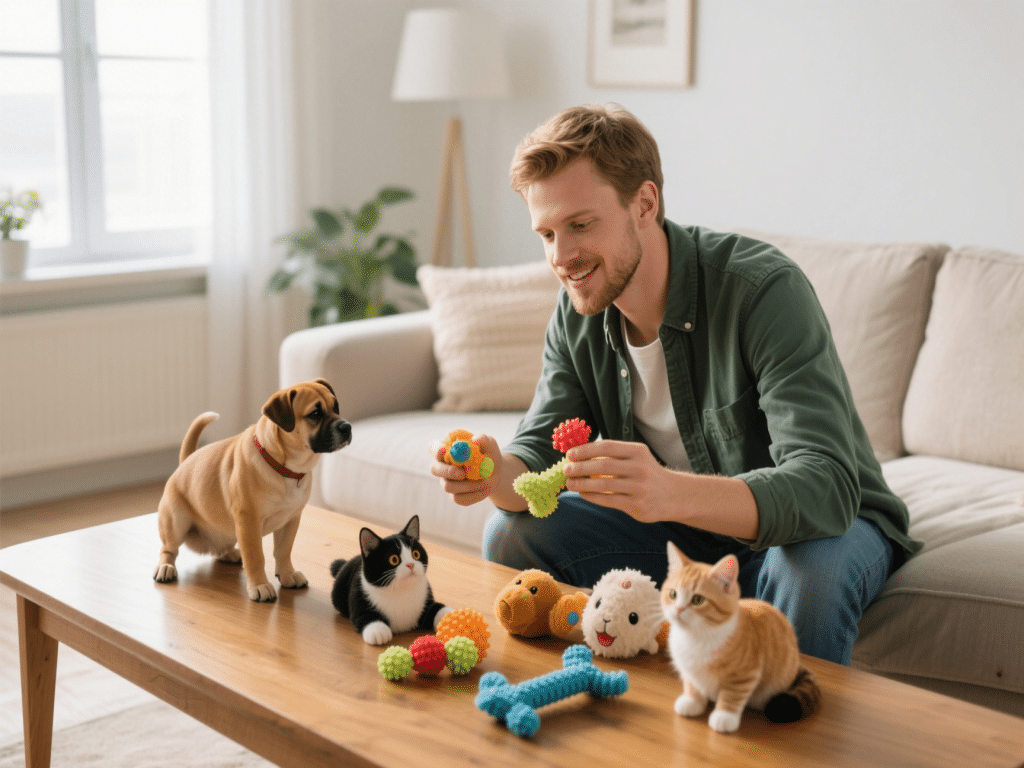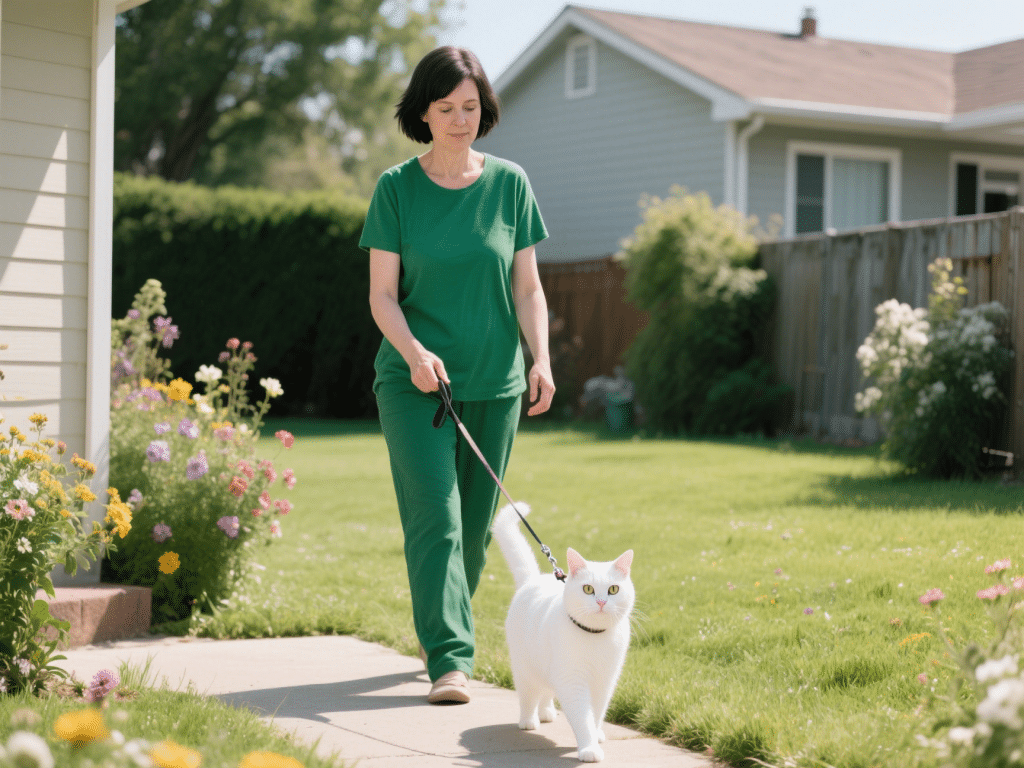Introduction
Choosing the right toy for your pet means more than just entertainment—it’s a matter of safety. This guide will discuss common hazards in pet toys, materials to avoid, and features to seek when selecting durable, non-toxic playthings.
1. Common Hazards in Pet Toys
Small Parts and Choking Risks: Avoid toys with tiny buttons, squeakers, or detachable pieces. Dogs and cats can swallow these, causing blockages or internal injuries.
Ingestible Fillings: Plush toys may contain stuffing, foam, or beads. If torn, these materials can be ingested, leading to digestive tract issues.
Toxic Materials and Chemicals: Cheap plastics or rubber may contain phthalates, BPA, or lead. These substances can leach into saliva and be harmful if ingested.
2. Materials to Avoid
Non-Food-Grade Plastics: Reject toys labeled with vague “plastic” designations; opt for FDA-approved, food-grade options.
Cheap Dyes and Paints: Some colored toys use heavy-metal-based pigments. Always choose toys labeled non-toxic and meet ASTM or EN71 safety standards.
Poorly Sewn Plush Fabrics: Loose stitching often leads to stuffing exposure. Look for reinforced seams and tightly woven fabrics.
3. Features to Look For
Durable Construction: Seek toys made with reinforced stitching, thick rubber, or hard nylon blends. For aggressive chewers, consider solid rubber toys designed for dental health.
Size-Appropriate Designs: A toy should be larger than your pet’s mouth to prevent swallowing but small enough for comfortable play. Check manufacturer size recommendations.
Non-Toxic Labels and Certifications: Choose products with clear safety certifications (e.g., CPSIA-compliant, ASTM F963). Look for “BPA-free,” “phthalate-free,” and “lead-free” labels.
4. Specialty Toys for Different Needs
Teething Puppies: Rubber teething toys help soothe gums. Look for textured surfaces that massage emerging teeth.
Senior Dogs and Cats: Soft plush or gentle rubber toys reduce strain on aging teeth and joints.
Cats Who Love to Hunt: Feathered or wand toys made of natural materials mimic prey while being safe if ingested in small amounts.
5. Maintenance and Inspection
Regular Inspections: Check toys weekly for signs of wear: frayed fabric, chewed edges, or loose parts. Remove or replace damaged items immediately.
Cleaning Guidelines: Wash rubber and nylon toys with mild soap and warm water. For plush toys, follow machine-wash instructions if available; otherwise, spot-clean with pet-safe detergent.
Conclusion
A safe pet toy encourages healthy exercise and mental stimulation. By avoiding toxic materials, checking certifications, and inspecting toys regularly, you can keep playtime fun and risk-free. Always supervise pets during play, especially with new toys, to ensure early detection of potential problems.










Comments on " Pet Toy Safety Guide: What to Avoid and What to Look For" :